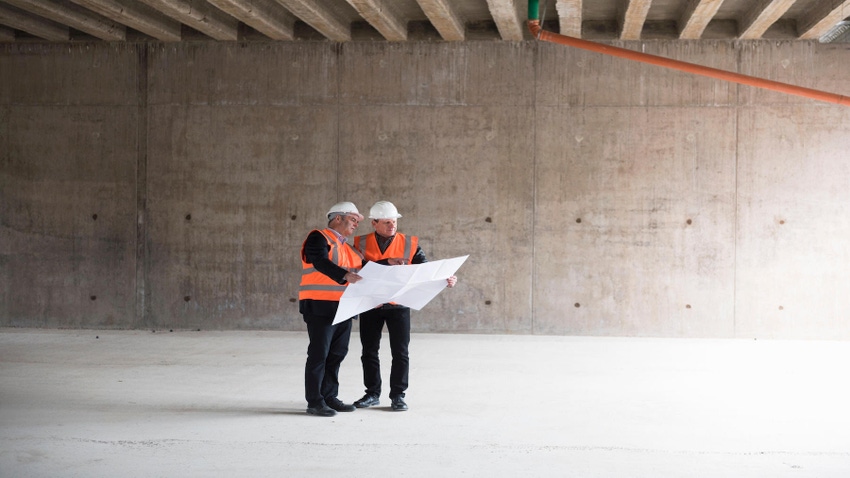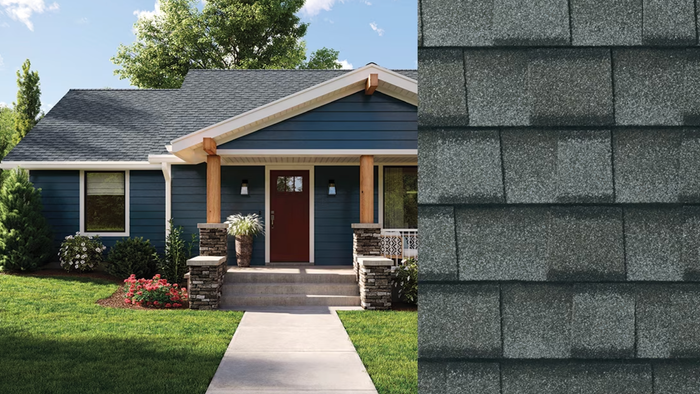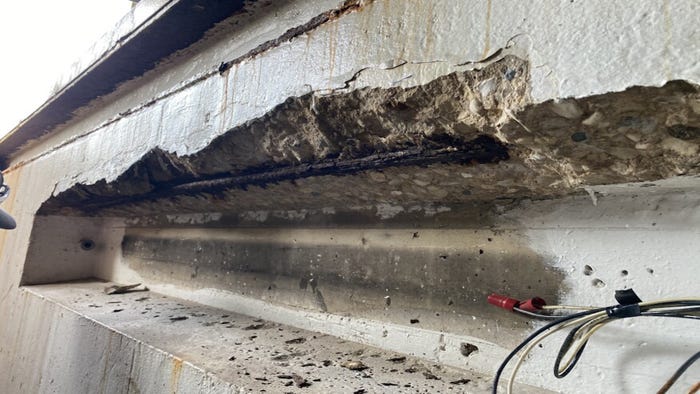Why Every Construction Project Needs a Quality Control Plan
Engineer Frank Salzano told World of Concrete attendees that “we’d better improve our quality—or hire more lawyers.” Here’s how.

Frank Salzano told WOC attendees in Las Vegas last week that concrete contractors either choose quality control or damage control, and that it’s difficult to have a successful project without a QC plan.
“Every job can be improved,” said Salzano, P.E., adding “planning ahead is one of the best ways to prevent problems.”
When the project is complete, “good quality is a win-win for everyone,” he said: Clients get what they bought, and the contractor gets improved reputation and bottom line; follow-on work and referrals; pride in work; improved safety and productivity; and a cost-effective project.
Quality Control: A Process, Not a Result
By tracking quality, contractors will know what they did wrong, and how to fix the problem the next time it occurs. An effective QC plan prevents “repeats,” he said, noting that redoing a job costs two to three times the original cost.
“It’s an iterative process,” said Salzano, who has spent 40 years building and renovating concrete. “Each step you have to check yourself.
“Quality control should be proactive, not reactive,” he added. “You can’t buy a quality product; you have to produce it.”
QC Plan Overview
The general phases of QC are:
Train (including reviewing lessons learned).
Plan.
Inspect.
Correct and improve.
Follow up (to ensure the final result is compliant).
Overall, an effective QC plan includes, according to Salzano, review of documents, exposed areas, critical tolerances, long vertical or horizontal lines, formwork system, formwork and slab finish, staff experience, adjacent trades and customer expectations.
It’s imperative to look at the scope, qualifications and exclusions as well as tolerance conflicts between trades, and to bring up issues with the client, he said.
Read and understand the drawings. “Ask what does this mean?” he said. “Every line and every symbol; you need to know what everything means.”
Find out if the designers specified ACI 117-19 Specification for Tolerances for Concrete Construction or tighter tolerances. “If you tighten that up, it’s going to cost more time and more money.”
Understand the owner’s expectations and read documents carefully. You might need to hire an on-site QC worker because more contracts are specifying one. “Not all subs read the contract. If you miss that and have to have a full-time person on the job, that’s going to be a (financial) hit.”
During pre-construction, sit down with major subs to review the details, scope and critical tolerances.
A follow-up story published shoon will outline how to write a QC plan from start to finish of the project and follow through on it.
About the Author(s)
You May Also Like




